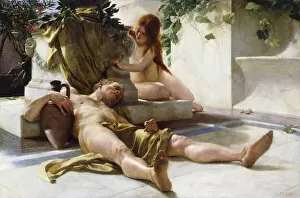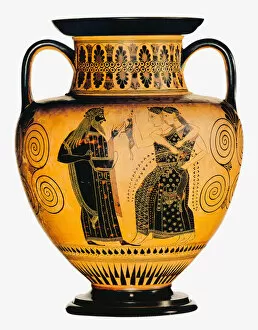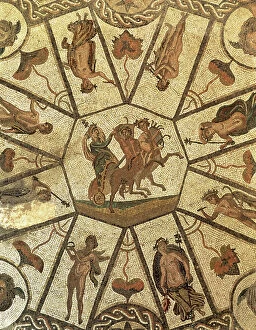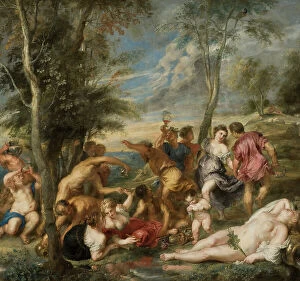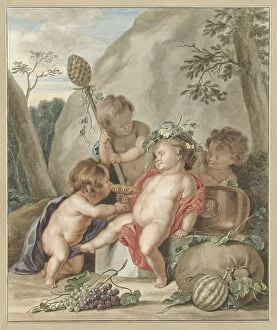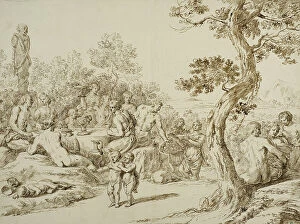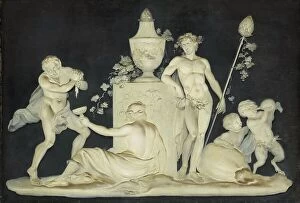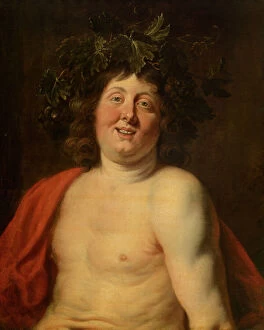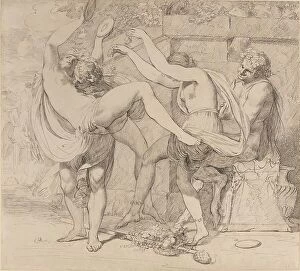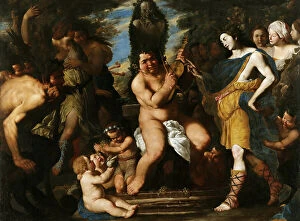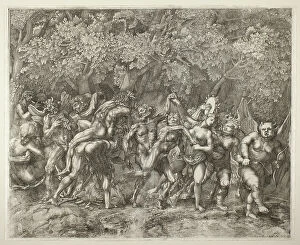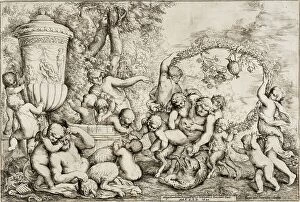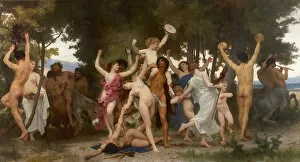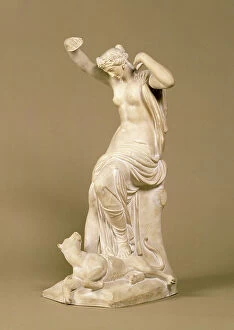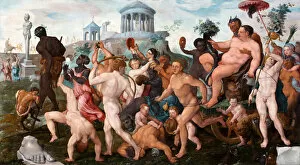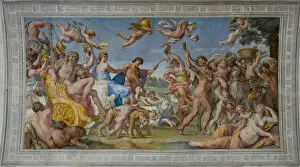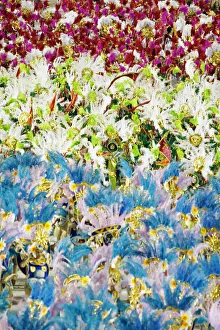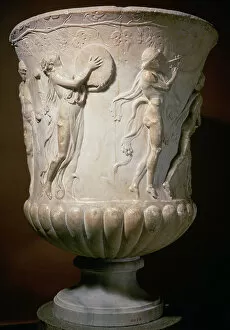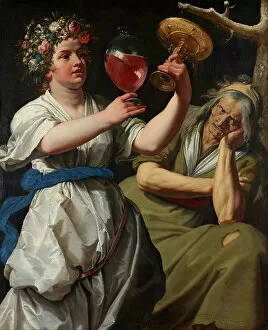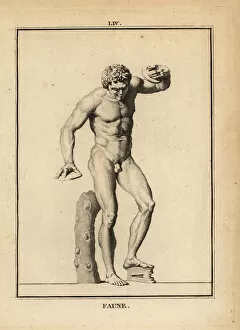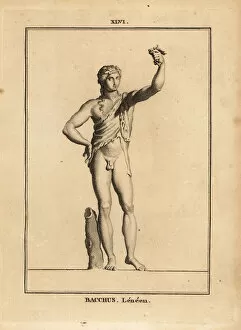Bacchanalia Collection
"Bacchanalia: A Celebration of Exuberance and Ecstasy" Step into a world where joy knows no bounds, where revelry reigns supreme
All Professionally Made to Order for Quick Shipping
"Bacchanalia: A Celebration of Exuberance and Ecstasy" Step into a world where joy knows no bounds, where revelry reigns supreme, and the spirit of Dionysus dances in every heart. From ancient times to modern masterpieces, the concept has captivated artists across centuries. In "After the Bacchanal" (1898), an oil on canvas masterpiece, we witness a scene filled with mirth and abandon. The figures seem intoxicated by their own freedom as they surrender themselves to pleasure's embrace. "Silenus gathering Grapes" (c. 1598) by Carracci portrays the mythical figure Silenus amidst lush vineyards, symbolizing abundance and fertility. His joyful expression reflects the intoxicating allure of wine that fuels these wild celebrations. The Attic black-figured amphora from around 550-530 BC depicts Dionysus accompanied by two Maenads - his devoted female followers who embody unrestrained passion. This ancient artwork transports us back to an era when such festivities were deeply ingrained in Greek culture. William-Adolphe Bouguereau's "The youth of Bacchus" (1884) showcases the youthful exuberance associated with this deity. With vibrant colors and intricate details, Bouguereau captures Bacchus' vitality as he embarks on his divine journey. In "Bacchanalia" before 1659, we witness a lively gathering immersed in music and dance—a testament to human desire for liberation from societal constraints. A bas relief marble sculpture titled "Vase with the cortege of Dionysus" invites us into a procession celebrating this god's triumphs over adversity—an ode to resilience through indulgence. Through allegorical depictions like "Allegory of Joy and Melancholy" (1628), artists explore contrasting emotions often experienced during these ecstatic gatherings—moments of pure bliss intertwined with introspective melancholy.

